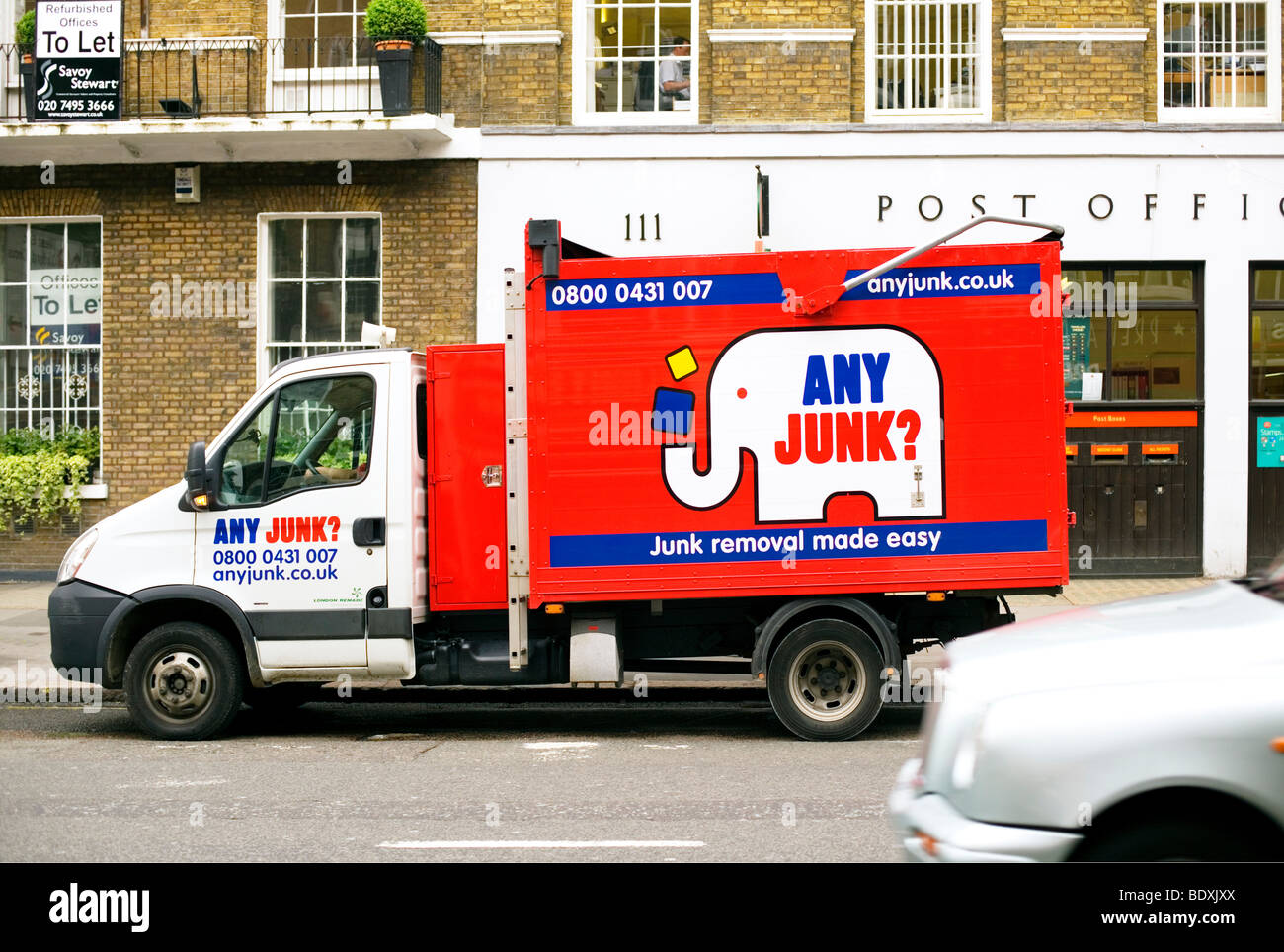Open The Trick To Choosing The Best Dumpster Dimension For Your Job, Enhancing Performance And Minimizing Costs With The Insights Given In This Substantial Overview
Open The Trick To Choosing The Best Dumpster Dimension For Your Job, Enhancing Performance And Minimizing Costs With The Insights Given In This Substantial Overview
Blog Article
Content Written By-Matthiesen Fisher
When embarking on a task that calls for a dumpster, the dimension you choose can significantly impact its efficiency and cost-effectiveness. Envision having the perfect container that suits all your waste without being exceedingly big or also small. All of it begins with comprehending the nuances of your task and choosing a dumpster size that straightens with your certain demands. So, before you make a decision, think about the factors at play to make sure a smooth waste management process from beginning to end.
Factors to Consider
When deciding on the appropriate dumpster size, there are numerous key factors to consider.
First, think about the type of waste you'll be throwing away. Different products may require varying quantities of room, so understanding what you'll be putting in the dumpster is critical.
Next off, assess the amount of waste you expect to create. If you underestimate the volume, you may need to make several journeys to dispose of whatever, which can be troublesome and pricey. On the other hand, leasing a dumpster that's also huge can lead to unneeded expenditures.
In addition, think about the area where the dumpster will be placed. Make certain there's enough space for the dumpster to be provided and gotten with no blockages.
Lastly, think of any kind of weight restrictions that may use. Going beyond the weight restriction can result in extra costs or even the refusal of service.
Dumpster Size Options
For selecting the best dumpster size, it's necessary to have a good understanding of the readily available alternatives. roll.off dumpster from 10 to 40 cubic backyards, with variations in between.
dumpster bin -yard dumpster appropriates for little tasks like a garage cleanout or a little restoration. If you're dealing with a medium-sized project such as a kitchen area remodel or a basement cleanout, a 20-yard dumpster could be the best selection.
For larger jobs like a whole-house restoration or industrial building, a 30 or 40-yard dumpster could be more suitable to fit the quantity of waste generated.
When selecting a dumpster size, think about the quantity and type of particles you anticipate to dispose of. visit my homepage 's far better to select a somewhat bigger size if you're uncertain to prevent overfilling. Remember, it's more economical to rent out a dumpster that fits your needs as opposed to having to buy an extra one.
Matching Size to Task
Optimally matching the dumpster size to your task is essential for effective waste management. To establish the best size, take into consideration the scope and nature of your project.
For tiny house cleanouts or remodellings, a 10-yard dumpster might be adequate. These are usually 12 feet long and can hold about 4 pickup loads of waste.
For bigger tasks like renovating numerous spaces or cleaning out a huge estate, a 20-yard dumpster could be more suitable. These are around 22 feet long and can hold around 8 pickup tons.
If you're taking on a major building and construction job or commercial improvement, a 30-yard dumpster could be the very best fit. These dumpsters are about 22 feet long and can suit regarding 12 pickup truck loads of particles.
Matching the dumpster size to your task ensures you have sufficient area for all waste materials without paying too much for unused capability.
Final thought
Finally, choosing the appropriate dumpster dimension for your task is critical for reliable garbage disposal. By considering factors like the kind and quantity of waste, space accessibility, weight restrictions, and budget restrictions, you can ensure you have the appropriate dimension dumpster for your demands. Ensure to match the size of the dumpster to the range and nature of your task to avoid overspending on unnecessary expenses.
